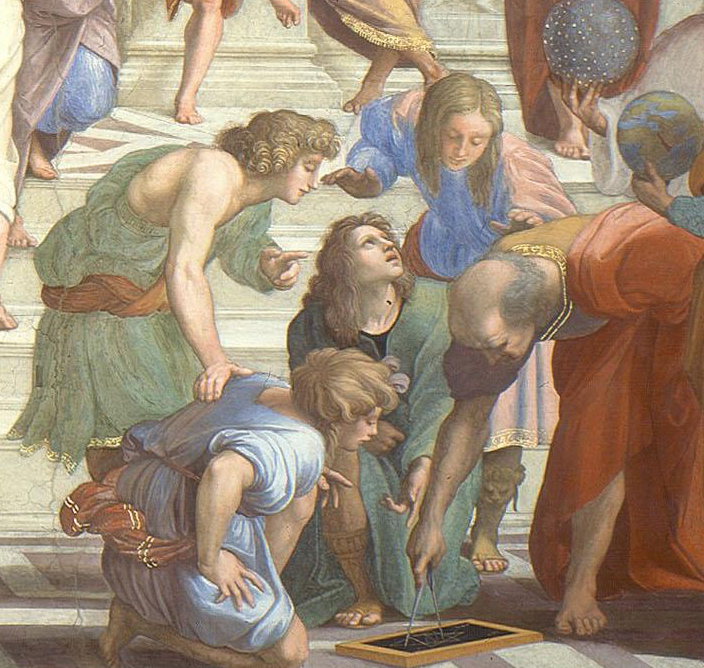Since the inception of the lithography in 1798 and its improvement in the 1880s, the poster’s narrative has been primarily devoted to advertising. The advertisement might be for a business, a political movement, or entertainment; but the purpose of the poster was to induce a strong desire to participate in an event or a movement that would give the viewer inner satisfaction. As one writer has noted:
“In each country, the poster was used to celebrate the society's unique cultural institutions. In France, the cafe and cabaret was omnipresent; in Italy the opera and fashion; in Spain the bullfight and festivals; in Germany trade fairs and magazines, in Britain and America literary journals, bicycles, and the circus." (from international poster.com)
During the First and Second World Wars, the poster was used for recruitment, encouragement of pro-war sentiments, and fund-raising. But as other media — radio, television, and the internet came into use for advertisement and promotion, the poster declined in influence, though it continues to be a place where artists can create and reach an audience through open public display.
For a good overview of the history of the poster, click here.















